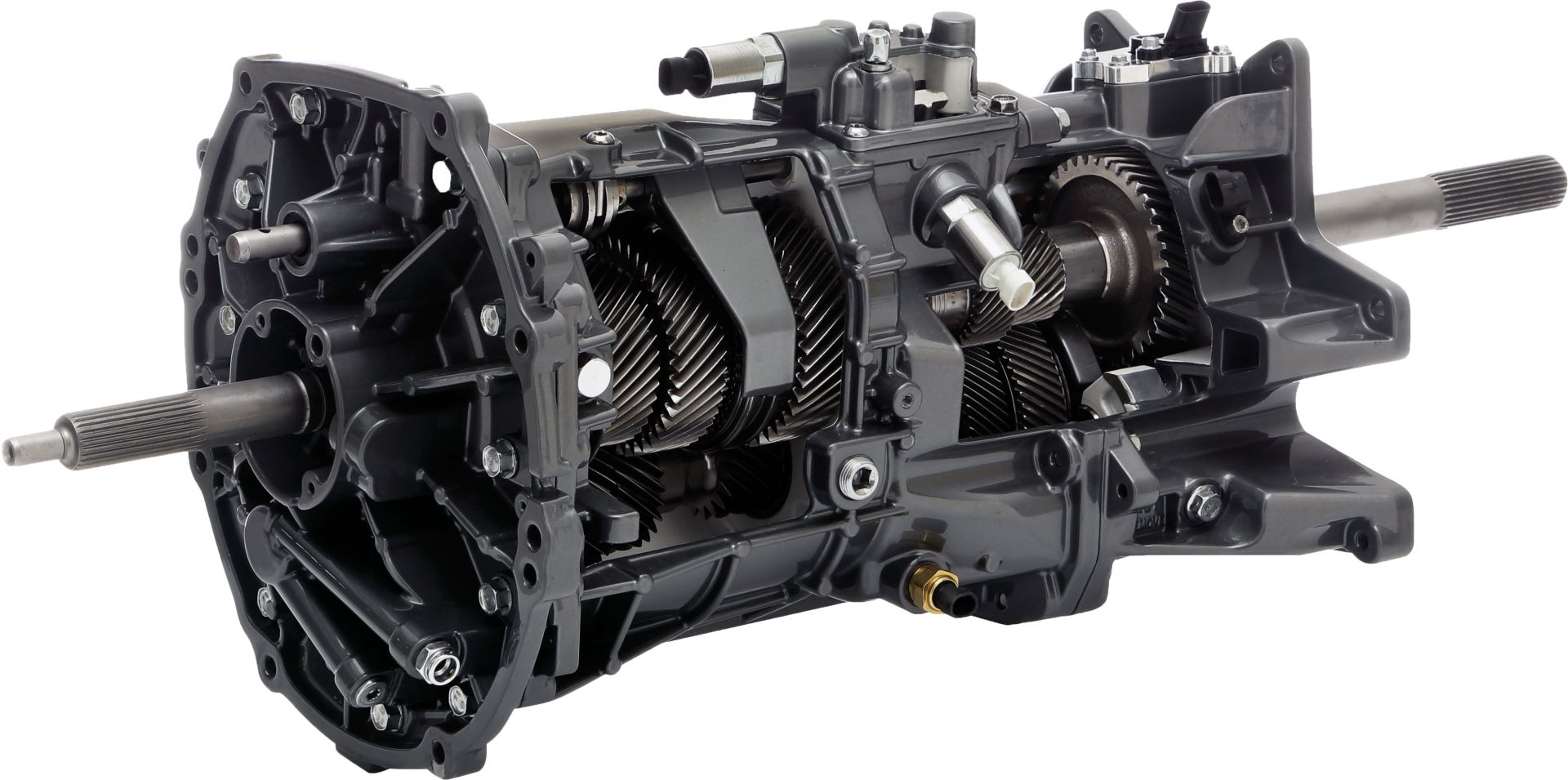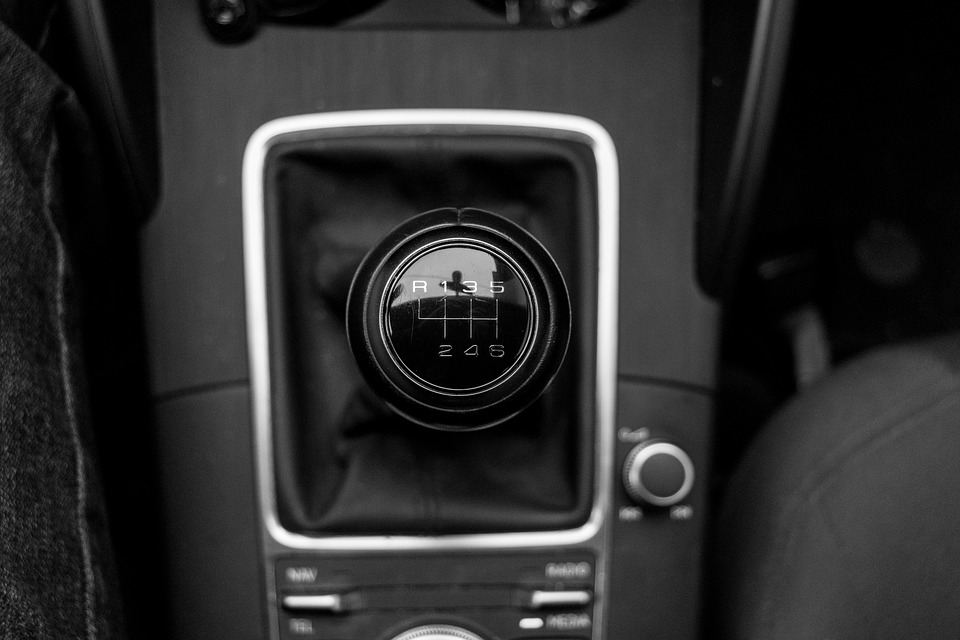
Transmission Failure Warning Signs:
Fluid Leaks
Transmission failure can be caused by leaking transmission fluid. A little liquid on your driveway can swiftly turn into an immense car predicament. Transmission fluid is vital to your car’s shifting capabilities. It is bright red and sweet smelling. Unlike motor oil, your transmission does not absorb or burn up fluid during use, so if you notice your fluid is running low, it is usually caused by a leak. Keeping an eye on your transmission fluid level is an excellent way to stay on top of this issue.
Common causes for a transmission fluid leak are:
-A loose transmission pan/pan leak
-Any recent service or part replacement that involves disconnecting cooler lines
-Out of balance drive shaft
-Worn seals or gaskets
-Damaged bell housings
-Worn axles (FWD), engine and transmission mounts
Warning Light Activates
Cars in modern times have sensors meant to pick up and trigger your vehicle's computer to report a problem. These sensors will identify vibrations and early issues that you may not be able to feel or see. One of the most common dash light is the trans temperature. Meaning your transmission fluid is hotter than usual causing your transmission to operate at a higher temperature. Should this light engage, check your transmission fluid and antifreeze level immediately.
Strange Smells
Generally transmission fluid has a slightly sweet or tart odor. If you start to notice a light, burning odor it is time to start thinking about your next fluid change. These smells indicate a problem that can quickly go from bad to worse. Transmission fluid is essential in keeping all the transmission components lubricated while preventing the unit from burning itself up. If your transmission fluid is burnt, it could mean your transmission is burning as well which can lead to transmission failure.
Dipstick Inspection
Checking your car’s transmission fluid with the dipstick is one of the simplest ways you can help prolong the longevity of your transmission. If you have rear-wheel drive, the dipstick is found toward the rear of an in-line engine. If your vehicle has front-wheel drive, the dipstick will be sticking out of the transaxle. Please refer to your owner’s manual guide for further help. With your car in neutral or park, allow your engine to run until it gets warm before pulling the dipstick out (Remember not to turn your engine off). To check the fluid color, rub in between your index finger and thumb. The fluid should be pinkish, almost transparent. If the fluid is a brownish shade and has the smell of burnt toast, it can no longer dissipate the heat the transmission creates, indicated the need for an exchange.
To check fluid level insert dipstick, wipe it clean, and examine level marks and then insert it again. The fluid should be between two marks labeled either “full” and “add” or “hot” and “cold”. Fill your transmission fluid if needed, but be careful not to add too much. If the transmission fluid level is high, it will cause the liquid to create air bubbles. Those air bubbles can trap heat, causing the liquid to run hotter.
Odd Sounds
Manual and automatic transmissions act differently when they are malfunctioning. It is important to recognize any strange sounds your transmission is making to avoid further complications. If you have a manual transmission, a general warning sign is a very sudden grinding noise or feeling when you shift into a different gear. Experiencing a grinding noise after fully engaging a clutch and shift may mean you have worn clutch or might have to get it serviced. Also, your transmissions gear synchronizers may be worn out or damaged.
With an automatic transmission, you will most likely feel the car shimmy into each gear, instead of having unnoticeable shifts. You may even notice a whining, buzzing, or whirring sound.

Delay in Movement
Any lack of response or delay from your vehicle could mean you are having a transmission issue. Transmissions were designed to go into the right gear every time. Any hesitation is a sign that something is wrong. Manual transmissions will act up as you are shifting gears. If you notice after shifting, that the car’s engine will rev up, but the car will not move as quickly as the engine is running, it could mean a worn-out clutch or more severe transmission issues. Automatic transmissions can show the same lack of response. However, it presents itself when the car is in park or drive. Your vehicle should shift easily into each gear, but if your transmission hesitates, then there is most likely an issue. Transmission hesitation is not only a vehicle issue but a safety one as well.
For all of your European and Import transmission repair and service needs, contact the professionals at DJ Foreign Auto Care. We are located at: 2626 University Ave NE, Minneapolis, MN 55418. Call today to get on the schedule: 612-567-5908.